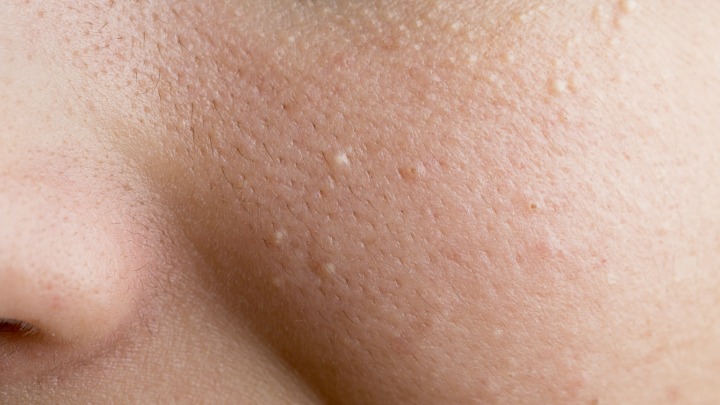
From time to time you’ll develop a little white bump on your face or body. You’re probably thinking ‘I’m too old for acne’ and in part this is true. These pin-prick sized globules are actually called ‘milia’ and they are keratin-filled cysts that form under your skin.
The good news is milia isn’t dangerous, but it can be downright annoying and sometimes it will be difficult to treat.
There are two types of milia. The first, primary milia, results from under-developed oil glands and the secondary milia is often caused by trauma to the skin.
The reason this condition is difficult to treat is because those who develop these white bumps often think they are acne or pimples. While you’ll agree there are similarities between your average whitehead and milia on first glance, there are differences to the way the two are made up.
Unlike a whitehead, which develops when excess fat and oil becomes trapped in a hair follicle causing your pores to clog, milia are proteins that become trapped under your skin.
What this means is that you are more likely to treat your milia with cleansing products used for pimples and acne, and the risk here is that you’ll aggravate it more.
You can prevent milia by reducing the amount of sun you expose yourself to. It’s also caused by irritation from skin products and, believe it or not, fluoridated toothpaste.
The best ways to prevent milia include:
Because milia is trapped below the skin it can be tricky to remove, so if you find your milia isn’t clearing up you might want to speak with a dermatologist or beautician about extraction.